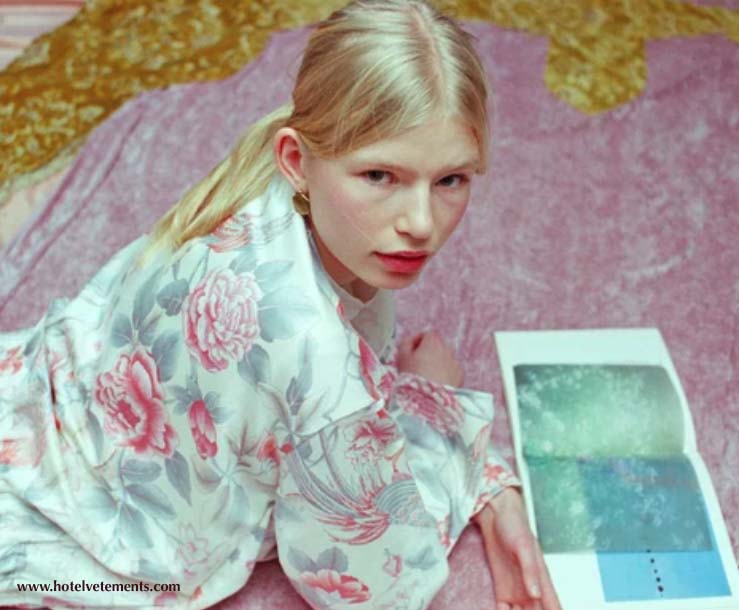Upcycling and fashion

Upcycling is one of the most interesting trends in sustainable fashion.
We know that the textile industry is one of the most polluting industries, as it generates a large amount of waste.
Sustainable fashion is a very old topic of debate. There are advances, but we have to do better, proposing projects that help achieve profitable sustainability, that encourage investors.
The fashion industry is a sector with numerous processes that have a negative impact on the environment. Among many others, from manufacturing, distribution, marketing, to the management of surpluses.
Did you know that recycling, in many cases, also involves processes that affect the environment? Or that there are products that cannot be recycled due to the mix of materials at source?
And one of the keys to reducing the impact on the environment is undoubtedly to adopt new techniques to optimize and reduce the carbon footprint.
Although in reality, all processes must be reviewed and provided with economic resources, in order to achieve sustainable fashion itself. It is proven that sustainability has a much higher return on investment than other industry models, which are not.
But what is this new trend?
Upcycling is a recent term used to describe techniques that involve the transformation of waste or scrap into new objects of value. It can be used for the creation of: furniture, clothing, textiles, decorative objects, etc.
This term was coined in 1994, when Reiner Piltz mentioned it in an article by Thorton Kay of Salvo. Also called supra-recycling or creative recycling, it means reusing and improving what you already have.
Currently, this trend is very popular in the fashion industry, although it is also present in other areas.
Upcycling should not be confused with recycling, since the former has a more artistic and functional function. In any case, the objective is the same: to reuse a material and give it a new life.
In synthesis, the upcycling tries to reuse old or stock garments to give them a second life and to take advantage of the energy spent in their manufacture.
In this approach, no new raw materials are needed and nothing that has already been created is thrown away, which is an important step towards the circular economy and to reduce the environmental impact.
Upcycling and fashion brands
Every year around 70 million tons of clothing are consumed worldwide and in Spain alone, according to the Iberian Textile Recycling Association, around 800,000 tons of textile waste are generated annually.
If these garments were reused, a large amount of water and resources would be saved and CO2 emissions would be considerably reduced.
Upcycling also proves that sustainability is not incompatible with design, and many companies are adopting this type of trend.
Companies like Nike, which through the Move to Zero project is committed to reducing waste to zero, have managed to turn their own waste into real objects of desire. Like the futuristic Space Hippie sneakers, inspired by life on Mars and, consequently, by the scarcity of resources.
Among other brands dedicated to this trend, we can find:
- BODE. A Woolmark Award finalist, Emily Adams Bode is one of the industry’s up-and-comers, her agender shows at New York Men’s Fashion Week declare a firm commitment to sustainability with collections made from already used fabrics.
- RAVE REVIEW. Josephine Bergqvist and Livia Schück are other pioneers in this field, scouring flea markets, thrift stores or sales to rescue garments and reinvent them. In their atelier in Sweden, they use already depreciated fabrics to design dresses or coats.
- HÔTEL is another great example. When the Ritz in Paris closed its doors for renovation, kilos of curtains, tablecloths and bedspreads were left homeless. Alexandra Hartmann got hold of many of those pieces and uses them as the basis for her collections.
Upcycling is a new way of creating fashion that aims to put an end to the mass production of disposable garments. The concept of upcycling bets for a different and unique fashion, and we hope that this trend is here to stay.
Sources: vogues.es; smoda.elpais; itfashion.com; nike.com, joseluisledesma.com



